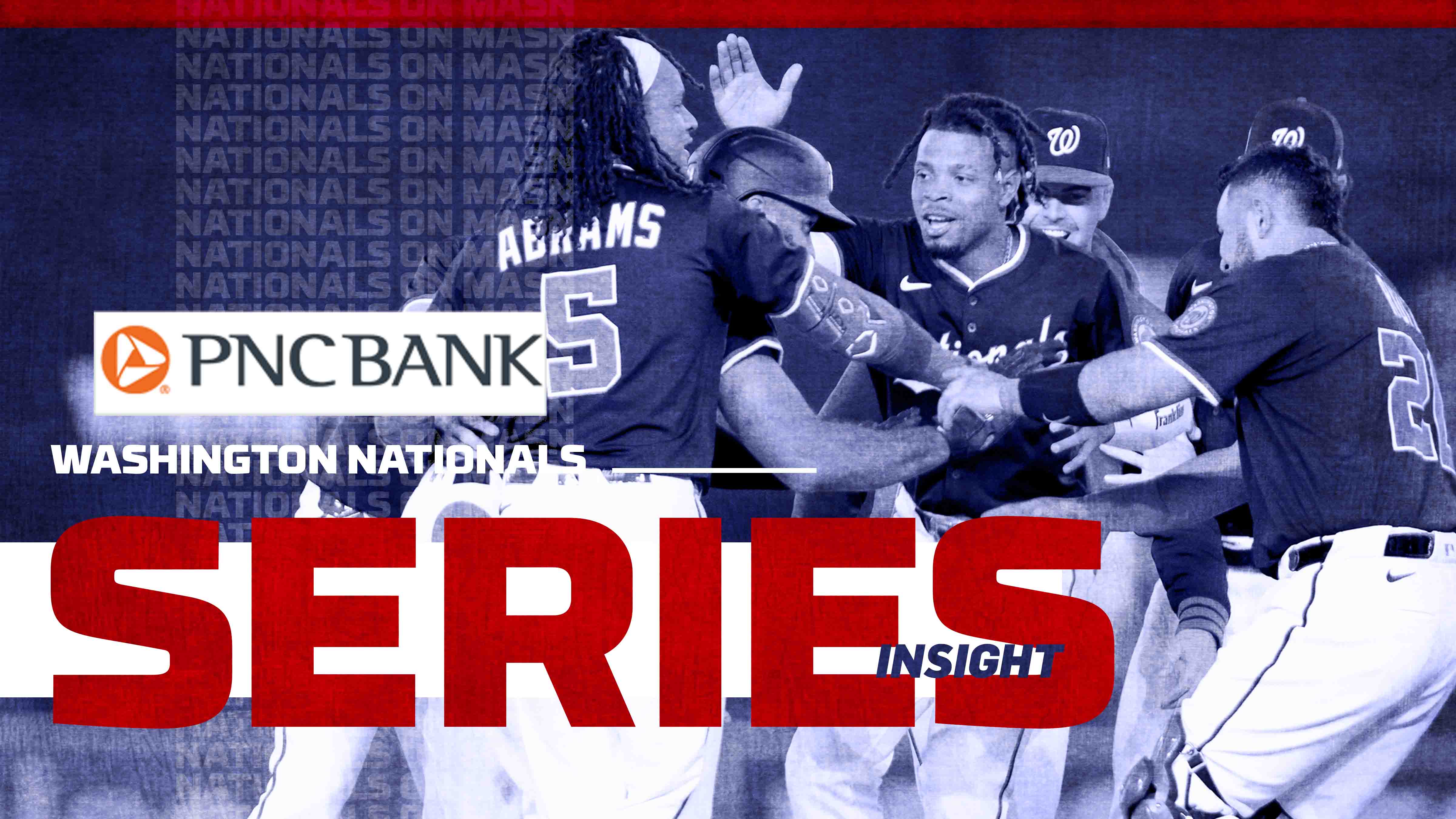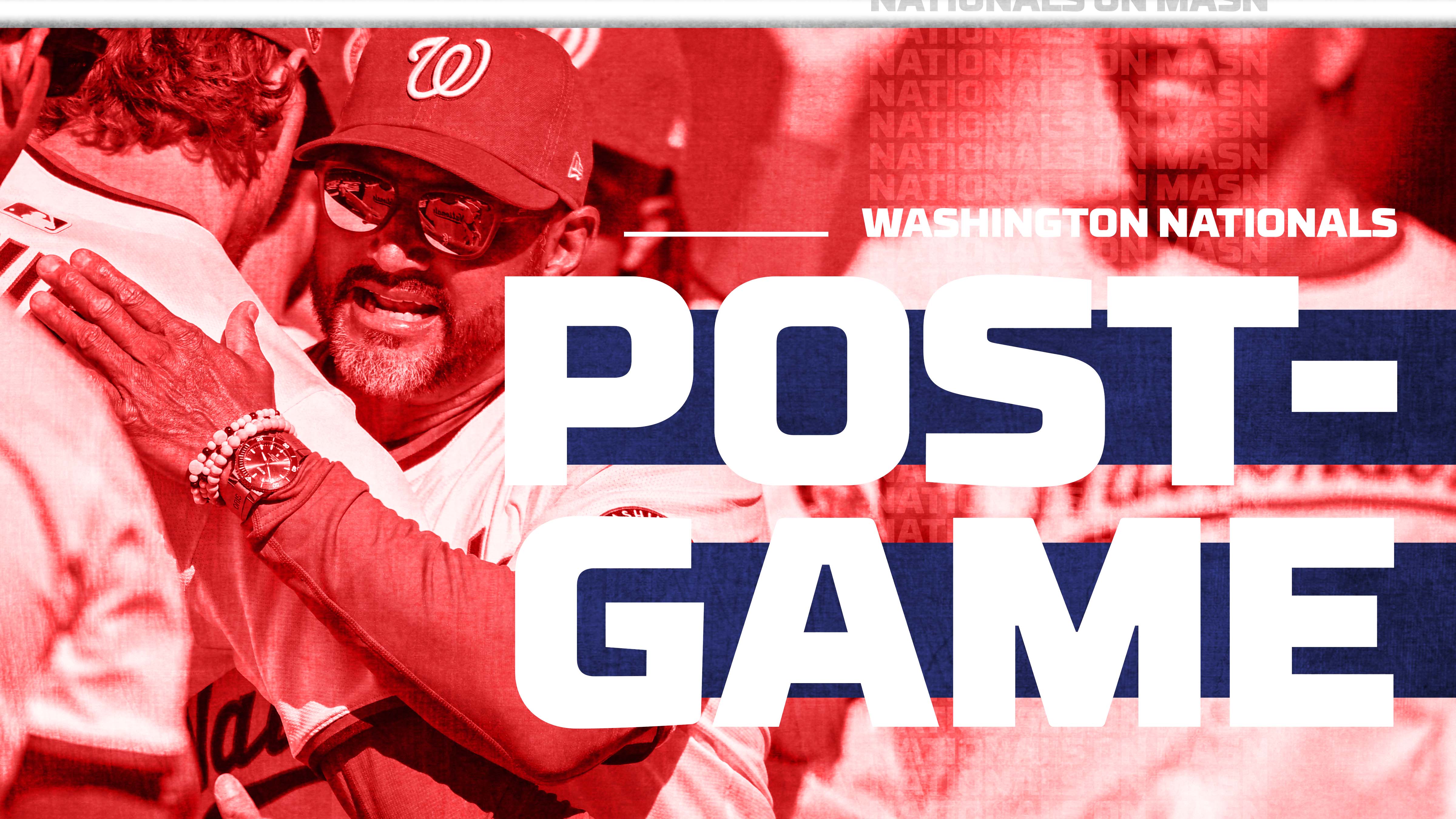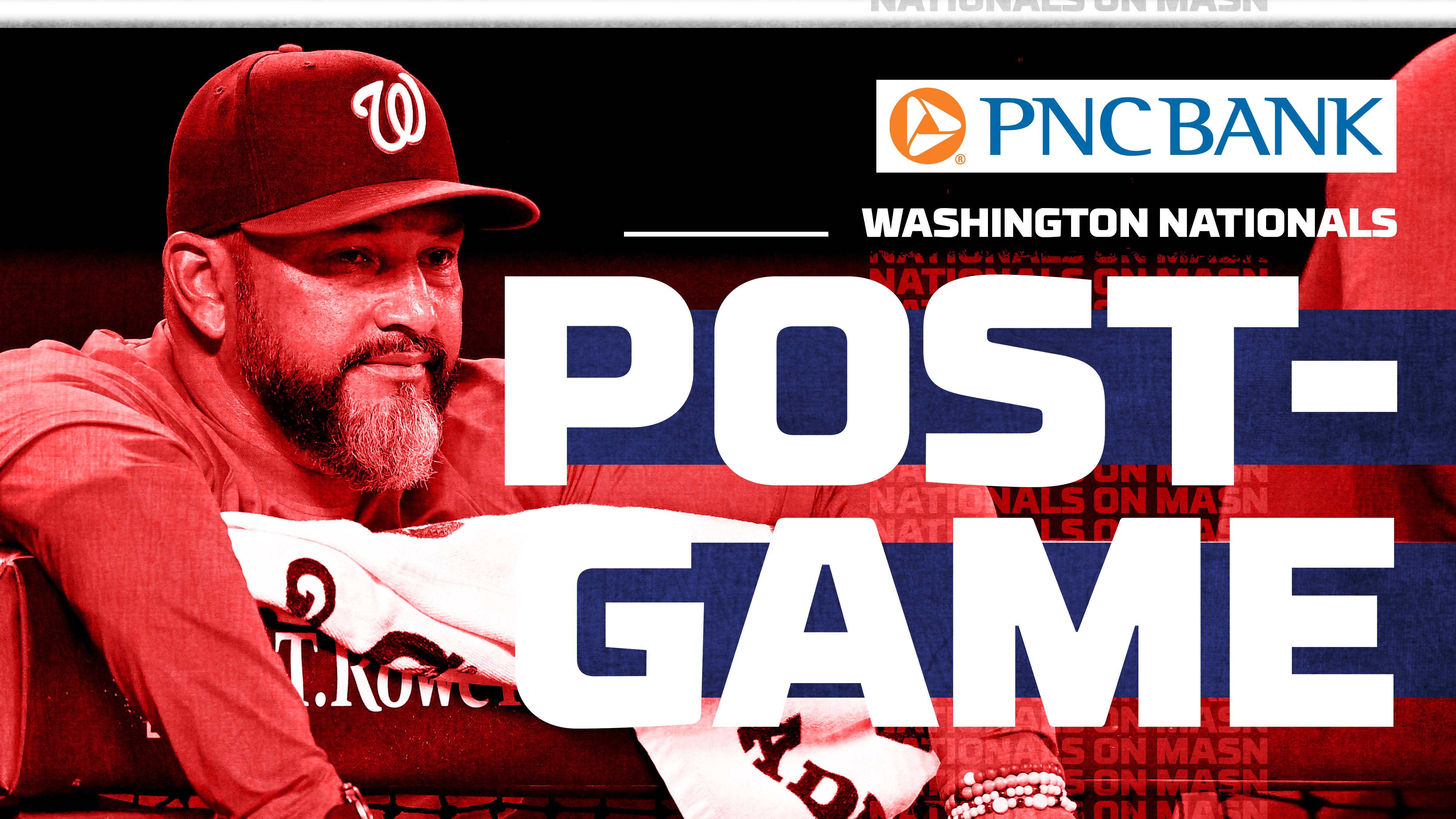MASN ALL ACCESS

O's need to snag some more wins up in Boston | PNC Series Insight

Adley Rutschman after his 11th inning HR, snapping O's losing streak

Tony Mansolino after Orioles defeat the Brewers 8-4

Tomoyuki Sugano on contribution to get O's back in win column

Tony Mansolino on Andrew Kittredge, Ramón Laureano news and more

Jackson Holliday after a slow offensive night for the O's in Milwaukee

Breaking down the dismissal of Brandon Hyde as manager | "The Bird's Nest"

Tony Mansolino after dropping Game 2 against the Brewers

Davey Martinez offers update on MacKenzie Gore

Hassell leads Nats vs. Giants after strong debut | PNC Series Insight

Davey Martinez after Nats' walk-off win

Keibert Ruiz on exciting night

CJ Abrams’ resurgence | District Chat

Dylan Crews on his injury

Davey Martinez on importance of scoring early





-1745819772711.png)



